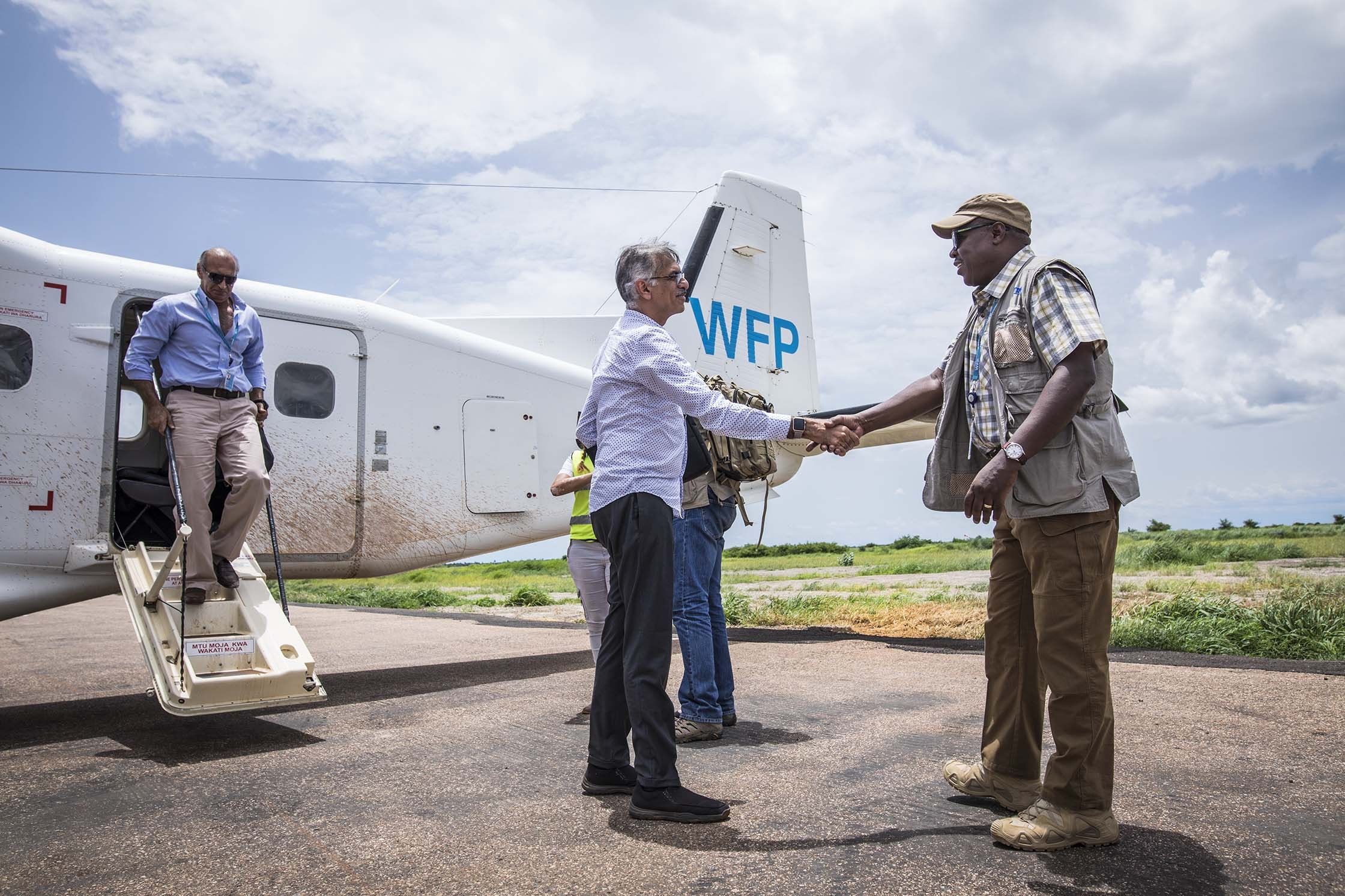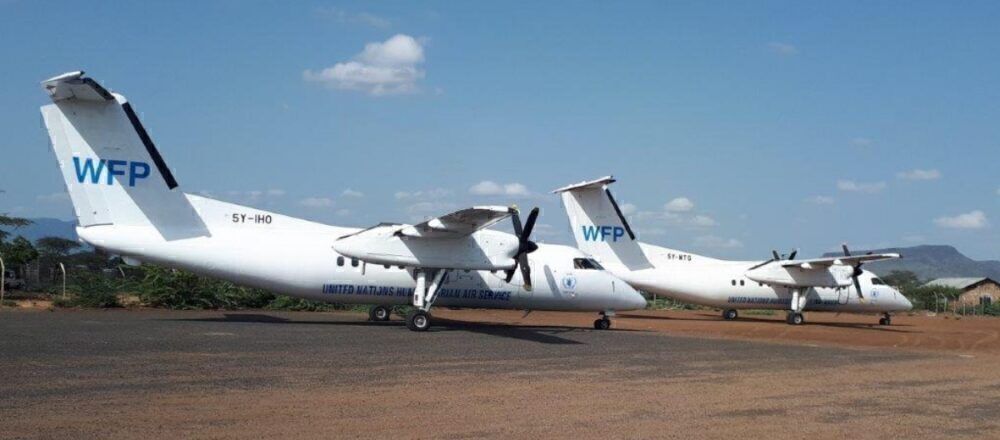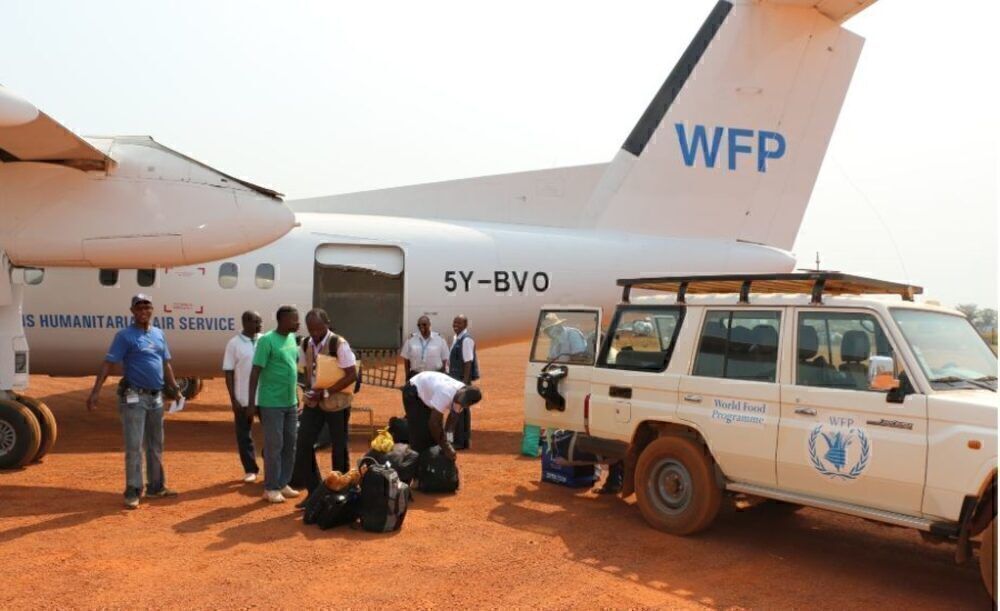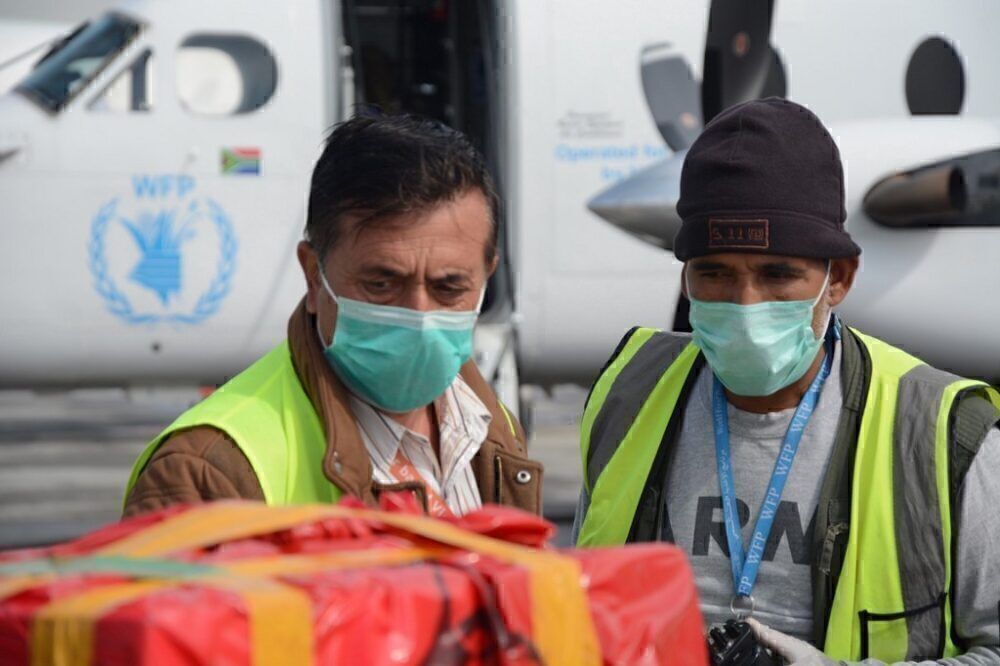The United Nations Humanitarian Air Service (UNHAS) is managed by the World Food Programme (WFP). The group provides common air services for the humanitarian community to remote and challenging areas. With its fleet of over 100 aircraft, it transports crucial cargo and up to over 400,000 passengers a year across the globe.
Critical missions
UNHAS emphasizes that its goal is to provide safe, reliable, cost-efficient, and effective light cargo and passenger transport “for the wider humanitarian community to and from areas of crisis and intervention.” Additionally, the organization notes that it is the "only humanitarian air service that gives equal access to all humanitarian entities.”
“UNHAS responds to the need for access to the world's most remote and challenging locations, often under precarious security conditions, where no safe surface transport or viable commercial aviation options are available. Sometimes natural disasters – such as the recent Caribbean hurricanes – leave air transport as the only mean of access; at other times, it is conflict that puts entire areas beyond the reach of land transport or commercial flights,” the WFP shares on its website.
“Created precisely for such scenarios, UNHAS provides access for humanitarian workers and cargo, allowing life-saving projects to be implemented and monitored.”
Well-traveled fleet
Altogether, over 100 aircraft help to provide these services. This figure includes a mix of planes and helicopters. The insinuation adds that these units are chartered from commercial air operators that are compliant with the International Civil Aviation Organization Standards and Recommended Practices (ICAO SARPs) and the United Nations Aviation Standards for Peacekeeping and Humanitarian Air Transport Operations (UNAVSTADS).
The aircraft types included in operations in recent years include:
- Beechcraft 1900
- Bell 412
- Bell 212
- Cessna 208 Caravan
- CRJ-200
- DHC Dash 8
- Dornier 328
- Dornier 228
- Embraer 135
- Embraer 145
- IL-76
- Let L-410 Turbolet
- Mi-8
These aircraft have been spotted helping UNHAS in the following countries:
- Afghanistan
- Cameroon
- The Central African Republic
- Chad
- The Democratic Republic of the Congo
- Ethiopia
- Kenya
- Mali
- Mauritania
- Niger
- Nigeria
- Somalia
- South Sudan
- Sudan
- Yemen
Recently, the UNHAS expanded assistance to Syria, Burkina Faso, and Mozambique. It also sent a helicopter to help with the Humanitarian Relief Mission in Honduras after the damage caused by Hurricanes Iota and Eta.
The challenges continue
Such important operations and ongoing tasks require heavy funding. Just last month, UNHAS appealed for support to help it with its services. It said that it urgently requires $204 million to continue existing operations.
Disruptions could have the potential to impact major humanitarian operations, including in places such as Yemen, Syria, and Haiti, where conditions continue to worsen amid ongoing conflicts and the pandemic. Overall, with social and political climates so sensitive in several regions around the world, it’s vital that the group maintains the right support.
What are your thoughts about the United Nations Humanitarian Air Service’s missions? Let us know what you think of the organization operations in the comment section.




